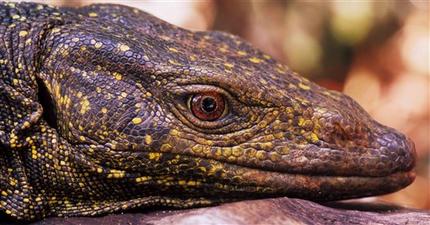
© David JudeA round goby.
Two notorious Great Lakes invaders -- the zebra mussel and the round goby -- now play a central role in transferring toxic chemicals called PCBs up the food chain and into Saginaw Bay walleyes, one of that region's most popular sport fish.
The links between zebra mussels, round gobies and contaminated Saginaw Bay walleyes is a disturbing example of unanticipated problems that can occur when non-native species get loose in the Great Lakes, said University of Michigan fishery biologist David Jude, lead author of a paper on the topic published online today in the
Journal of Great Lakes Research.
"This zebra mussel-to-goby link in Great Lakes contaminated areas is one of the main conduits of PCB transfer to top aquatic predators such as the walleye, and it plays a substantial role in PCB transfer to birds, mammals and reptiles in the region as well," said Jude, a research scientist at the U-M School of Natural Resources and Environment.
Between 2005 and 2007, Jude's team collected walleyes, round gobies and various other fish species, as well as zebra mussels and zooplankton, in the Tittabawassee River, the Saginaw River and Lake Huron's Saginaw Bay. Then they measured levels of PCBs in all those organisms - the first such study in the Saginaw Bay region.
"Though the levels of PCBs in Saginaw Bay walleyes have declined sharply in recent years, these toxic substances continue to show up at levels high enough to warrant concern," Jude said.

